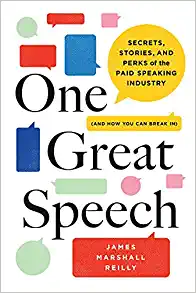Lists Are a Good Fit for Blogs – Once in a While
Of all the types of list-style blog posts you could write, the “curated list’ is probably the easiest, Virtasktic.com explains, because “it is more about researching and trying to find content from others than about writing your content from scratch”. Still, curated lists require thought and care, and need to be structured in a way that makes it easy for your readers to consume.
That lists in general are a good fit for blogs is actually something I stress in corporate blogging training sessions. By most accounts, search engines like lists and bullet points. Even more important, I’ve found over the years at Say It For You, lists help keep readers – and writers – on track.
Interestingly, I came across two different lists, both listing resource programs available to Indiana residents.
- The first of these is on the state’s website, Indiana.gov, and offers a comprehensive list of assistance programs including food and clothing, mental health & addiction, health care, housing & utility assistance, children and family, tax assistance and education, employment.
- The second list, also abut resources, appeared in the Indianapolis Business Journal‘s promotional supplement “IN Career Ready. This list is focused on assistance programs in only the area of education. However the title does not make that clear (it’s titled “Free Money from the State of Indiana”.
Each of these two lists would be highly useful for readers searching for information about Indiana assistance programs. There is no attempt to editorialize, advise, or even organize the information in a new way. Each list is simply an organized collection of information.
In marketing a business or practice, organizing relevant and useful information in list form, geared towards the needs of your target audience can be very useful to readers. As in the two examples I found, the lists might be of resources for further information, tactics to try, or alternatives for solving a particular problem. Unlike the case with the IBJ supplement, the title must make very clear precisely what readers will find in the list. “Listicles help present a large amount of information in small, easy-to-scan, numbered sections,” explains Neil Patel.
Are list blogs meant to be an “instead of”? Of course not! For instance, listicles cannot…
- allow your audience to know, like, and trust you
- offer soft sales messages in value-added content
- build community
- highlight the specific needs fears, and wants of your target audience
- offer opinion and thought leadership
But, when it comes to sheer utility and convenience – list blogs just can’t be beat!






Follow us online!